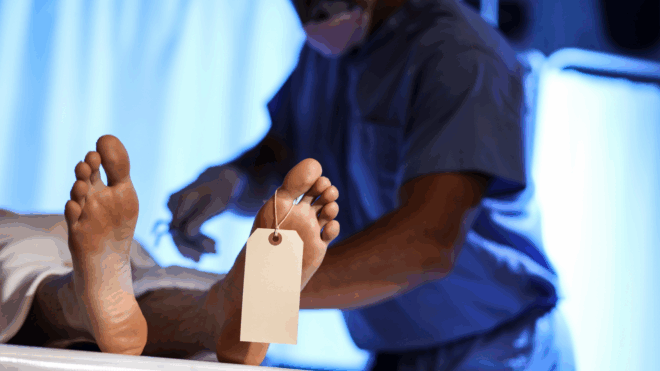
Our feet might be about as far from our heads as a body part can possibly be, but that doesn't mean they don't deserve attention.
Feet were our only method of transportation for thousands of years, and today we still rely on them to get us from point A to B.
Some people take amazing care of their feet, doing things like peels or regular pedicures. Needless to say, they know exactly what's going on down there.
For the rest of us, feet are just something we take for granted. However, there are some very compelling reasons why you might want to examine your farthest extremities. Feet actually show many signs of illness or medical conditions that might be lurking in the rest of your body.
More from LittleThings: Hairy Moles: What It Means If You Have A Dark Strand Growing Out Of One Of Your Moles
So, take a peek at your feet, and see whether you're experiencing any of these symptoms related to bigger problems.
1. Dry, Flaky Feet
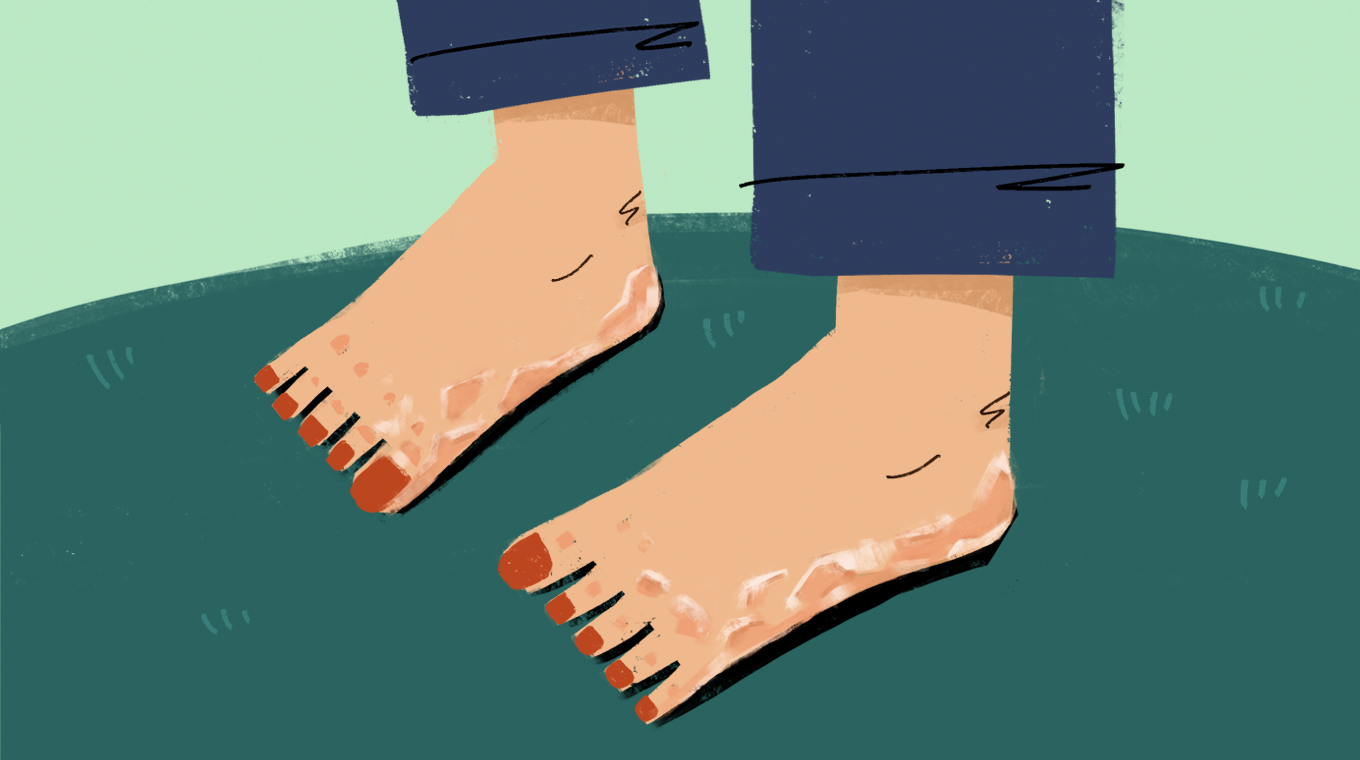
Most of us have had cracked heels before. However, if you have them all the time, it could be a sign of something more serious.
According to Thyroid Change, dry skin and thickening of skin on the feet are both symptoms of thyroid issues.

Bear in mind, there are hundreds of symptoms linked to the thyroid. If you think your dry, flaky feet might be one of them, see a doctor.
2. Bald Toes
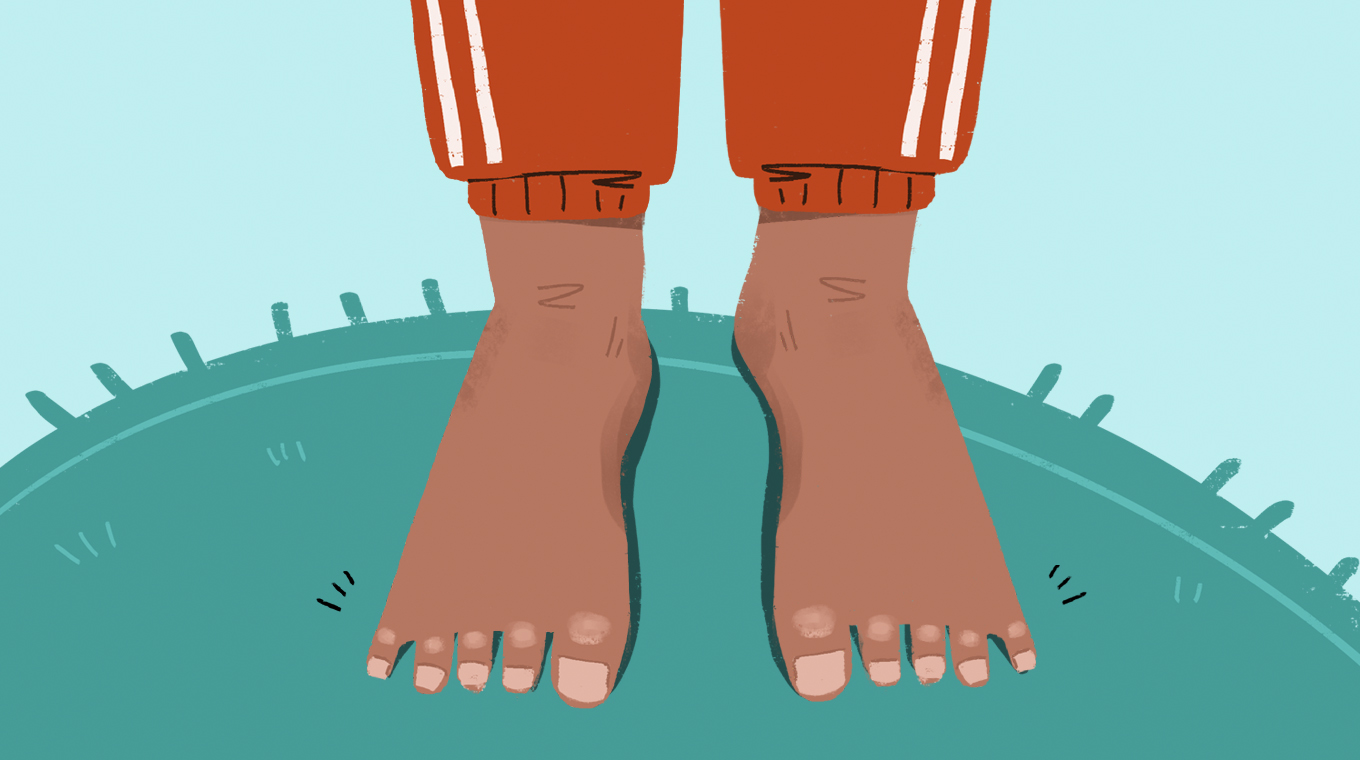
The term bald toes sounds pretty funny, but losing the hair on your toes is actually something you might need to worry about.
According to the Mayo Clinic, loss of hair on your feet and legs is a sign of peripheral artery disease, or PAD for short.
PAD is a condition where arterial blockages cause circulation problems and, in serious cases, can result in the loss of a limb.
3. Ulcers And Wounds That Don't Heal
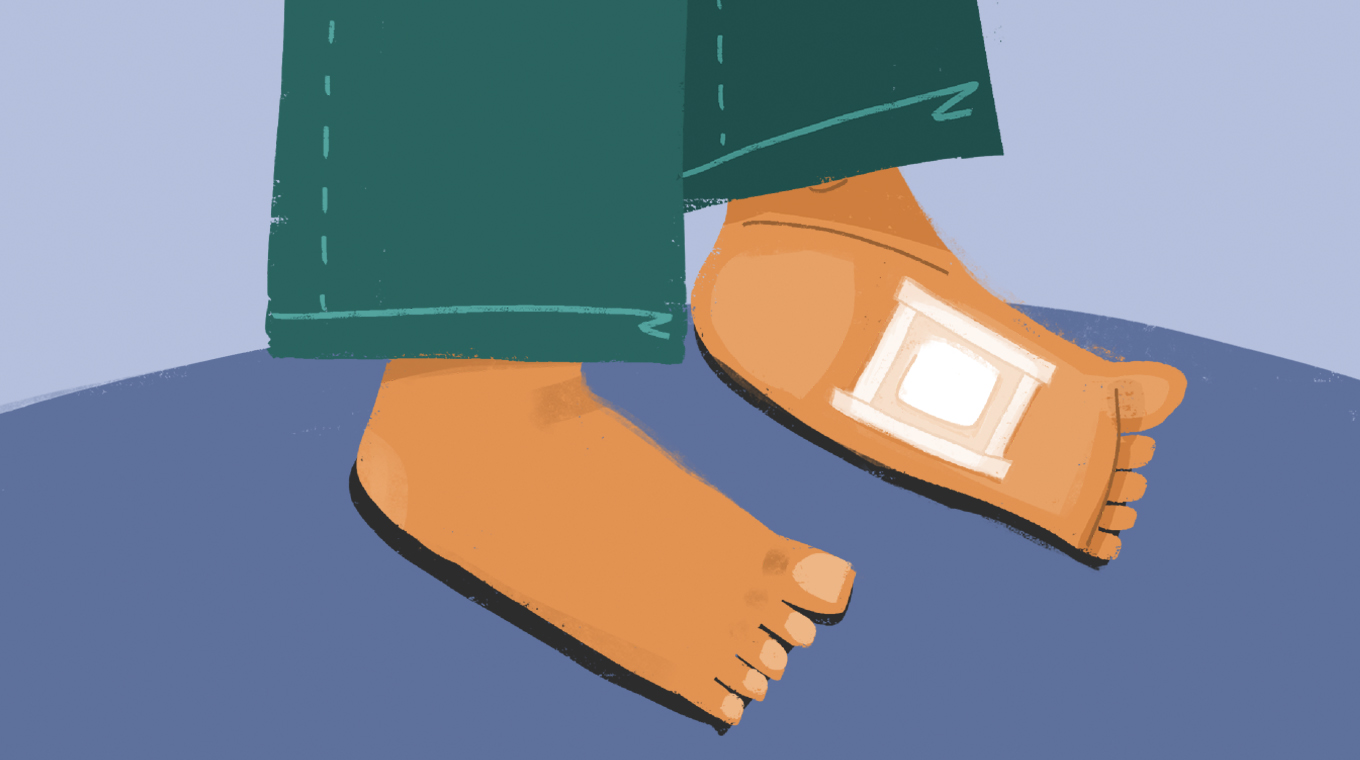
A cut or ulcer that has trouble healing can be very uncomfortable and more debilitating than you might initially think.

More importantly, it can be a sign of diabetes. According to Wound Care Centers, poor circulation caused by diabetes makes it more difficult for a wound to heal, because it doesn't receive as many healing red blood cells.
Of course, being on your feet makes the problem even worse, because our feet are so far away from the blood source to begin with.
4. Swollen Big Toe
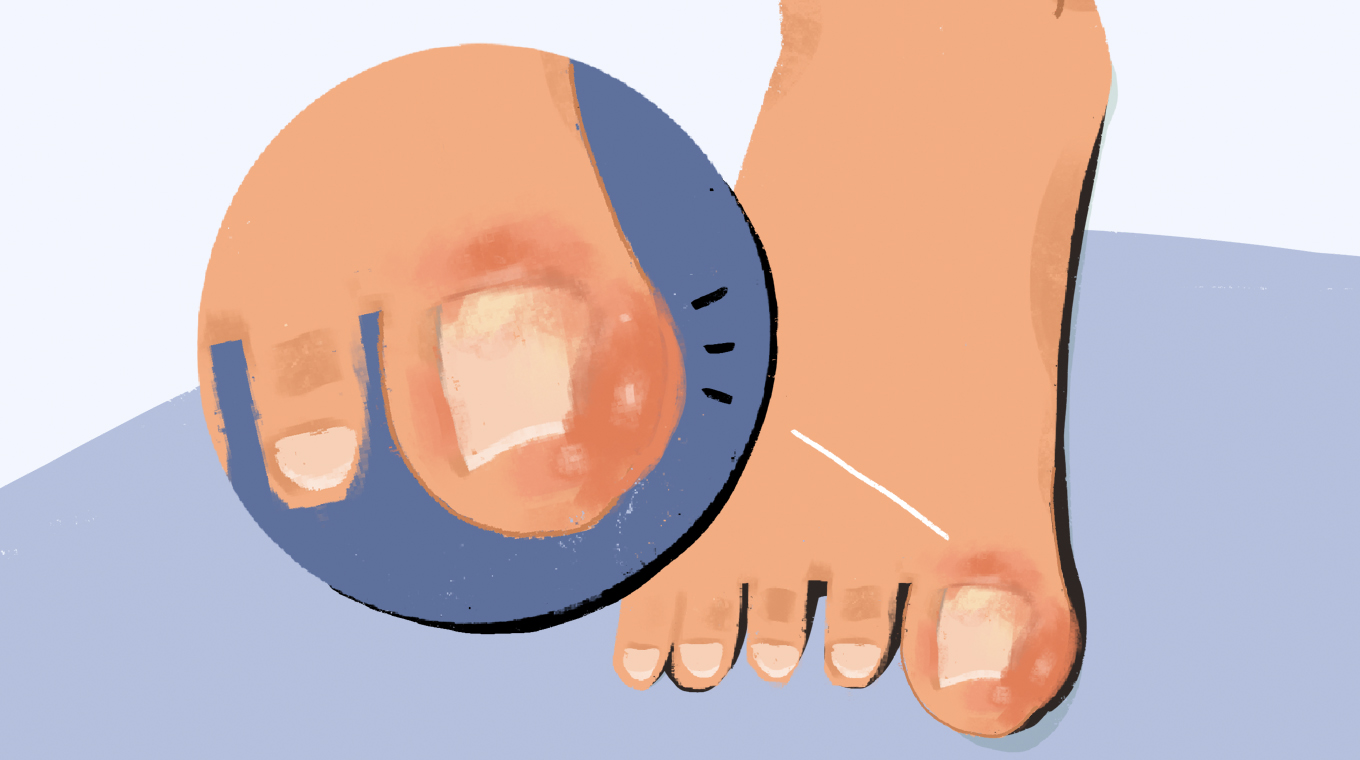
Having trouble getting into your shoes on account of a swollen big toe?
The Mayo Clinic explains that this is a common symptom of gout.
Gout is a form of arthritis caused by urate crystals accumulating in your joints. This is often triggered by consuming certain foods, like red meat or alcoholic beverages.
5. Red Lines Under Toenail
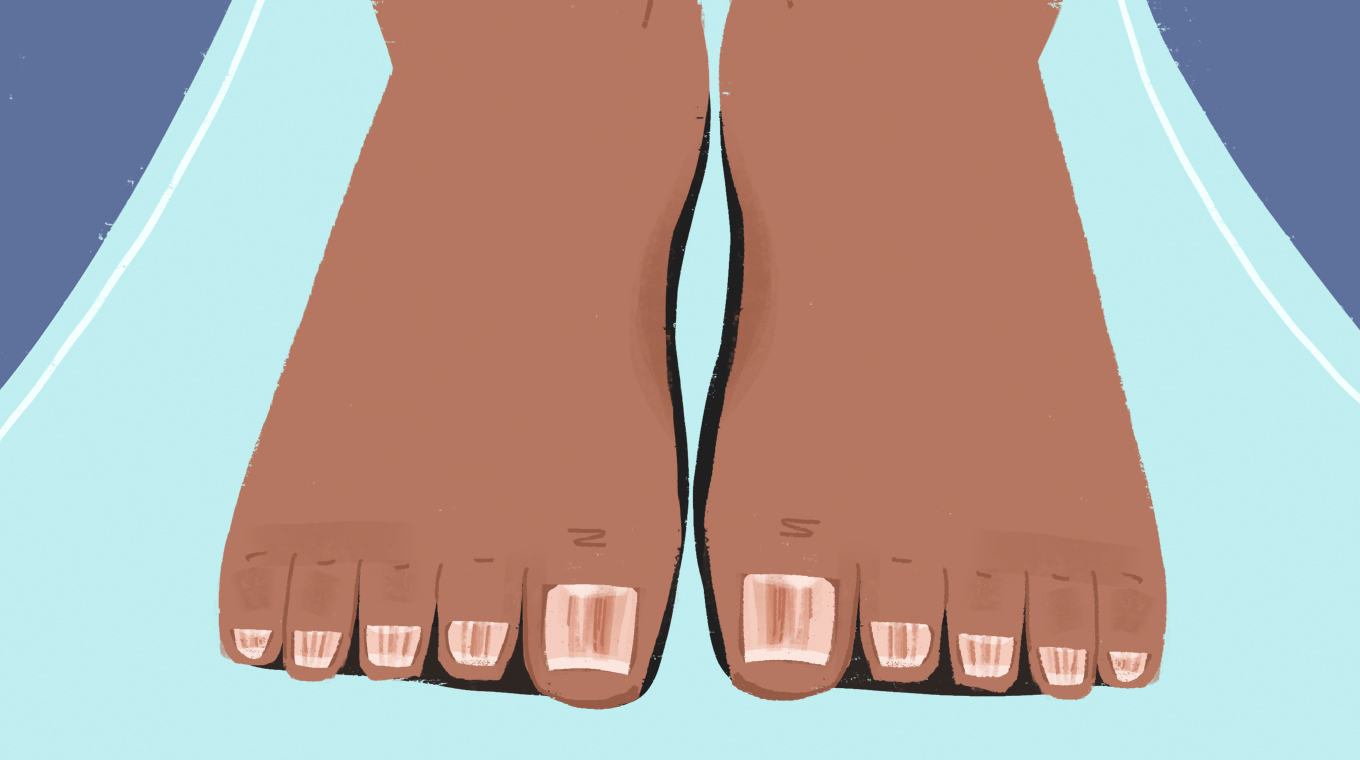
Have you ever noticed little red streaks under your toenails?
The National Health Service assures us that just a few of these splinter hemorrhages are nothing to worry about, and likely the result of a minor external injury.
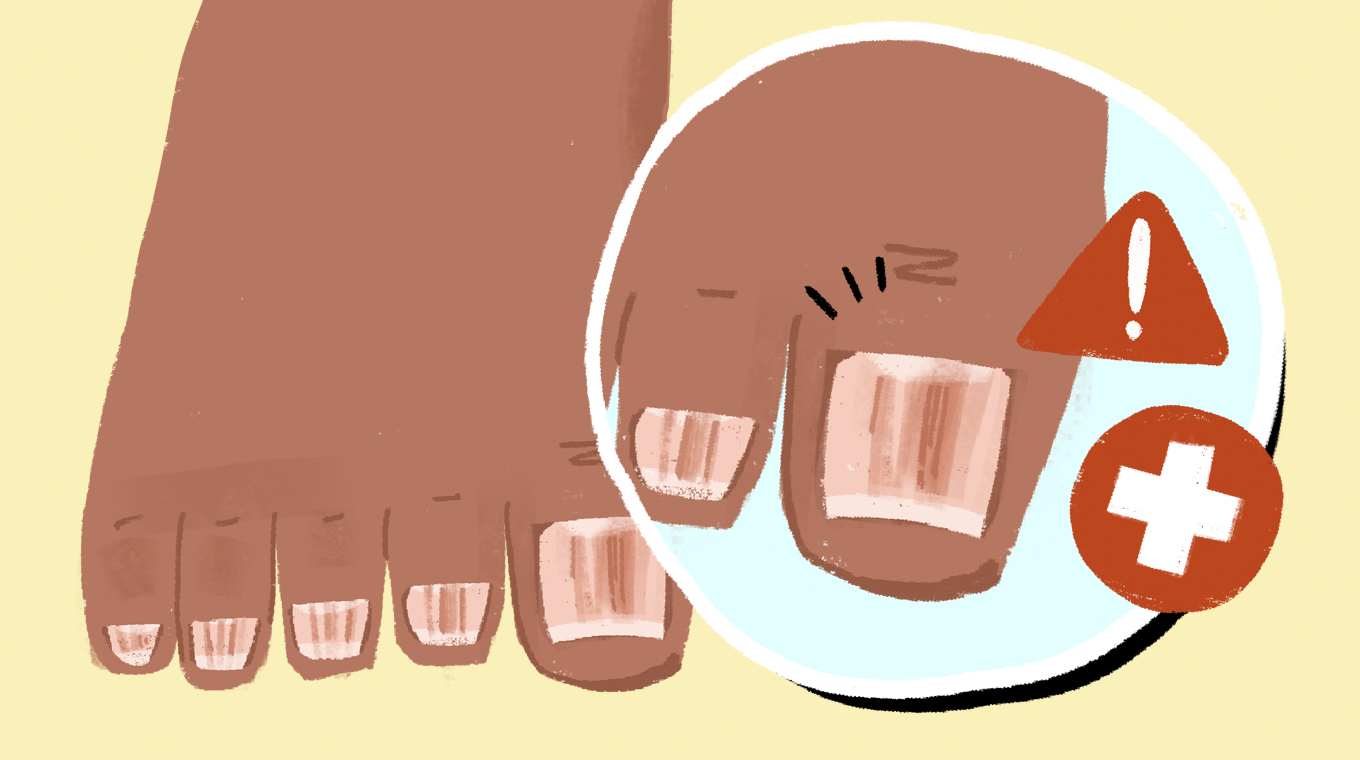
However, if they are consistent across your nails, you might want to see a doctor, as they are possibly symptoms of lupus or an infection of the heart valves.
6. Clubbing Big Toe
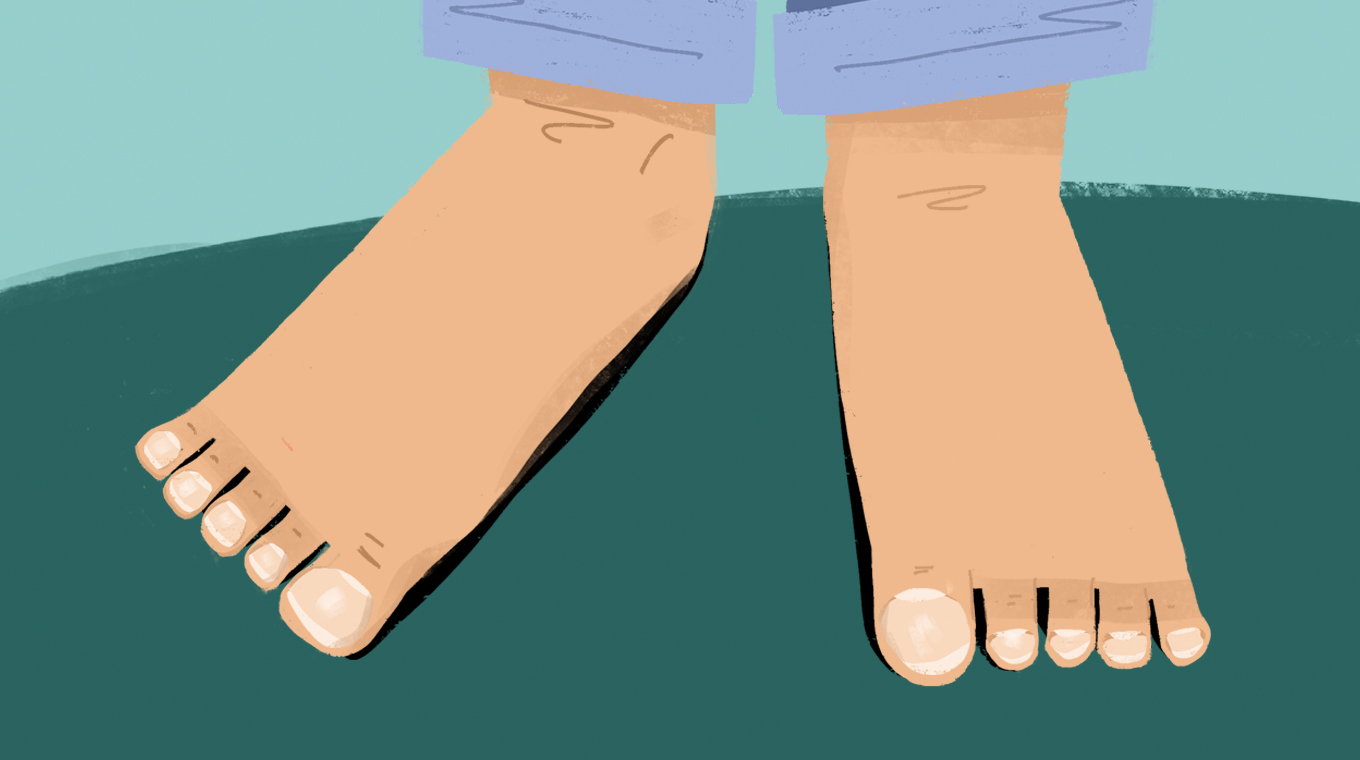
Clubbing sounds sinister because this nail condition looks that way.
The National Health Service, or NHS, explains that clubbing means, "The tissue beneath the nails thickens, and the fingertips become rounded and bulbous."

If you notice this happening, see your doctor right away. Clubbing is linked to lung cancer, inflammatory bowel disease, stomach cancer, and scarring of the liver.
7. Pitted Toenails
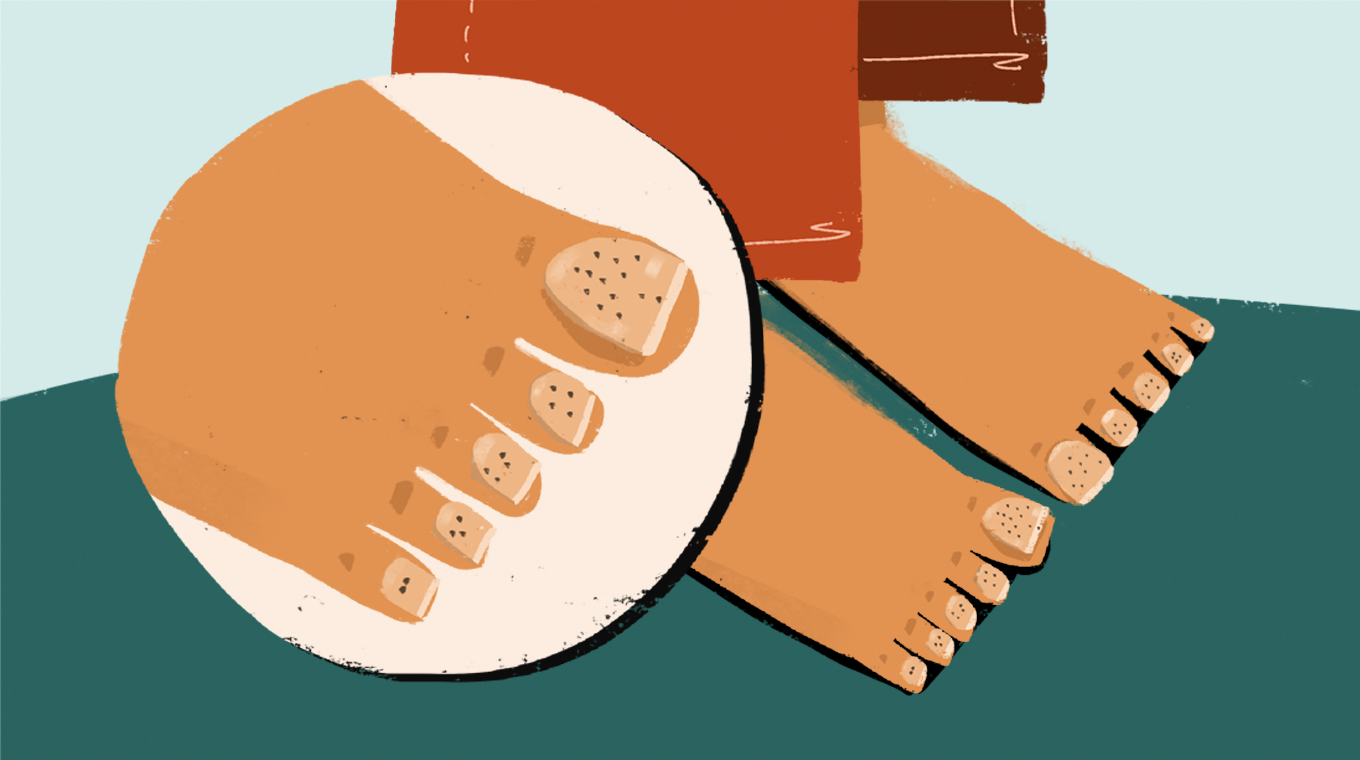
Pitting in your nails occurs when the surface develops dents and, of course, "pits."
This can just be caused by your footwear, but it can also be related to skin diseases.
If this is happening to your toes, you might want to see your doctor and ask about psoriasis, eczema, or even alopecia, according to the NHS.
8. Spooned Toenails
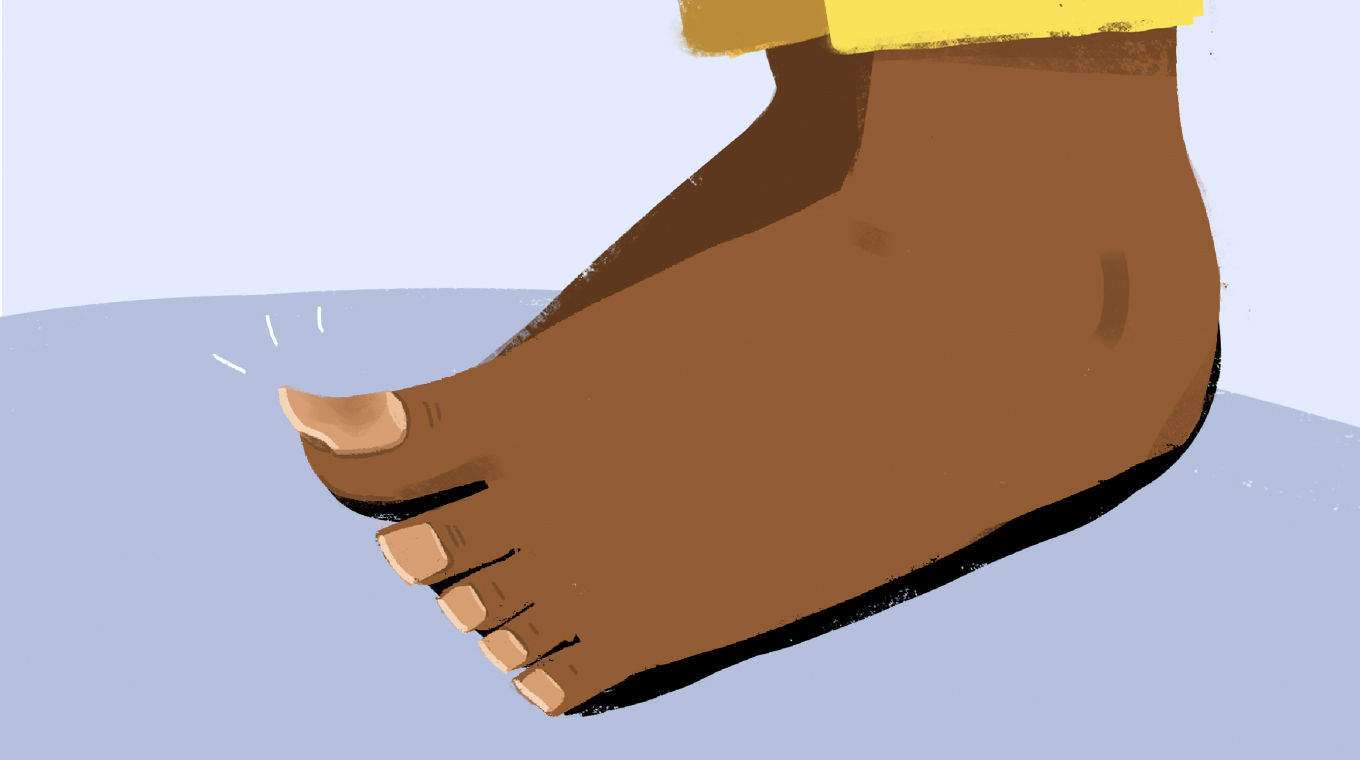
Spooned nails are named after the shape they grow in, concaving like spoons.
Not only is this uncomfortable and unsightly, it's also linked to anemia and forms of lupus, according to the NHS.
9. Straight Line Under Toenails
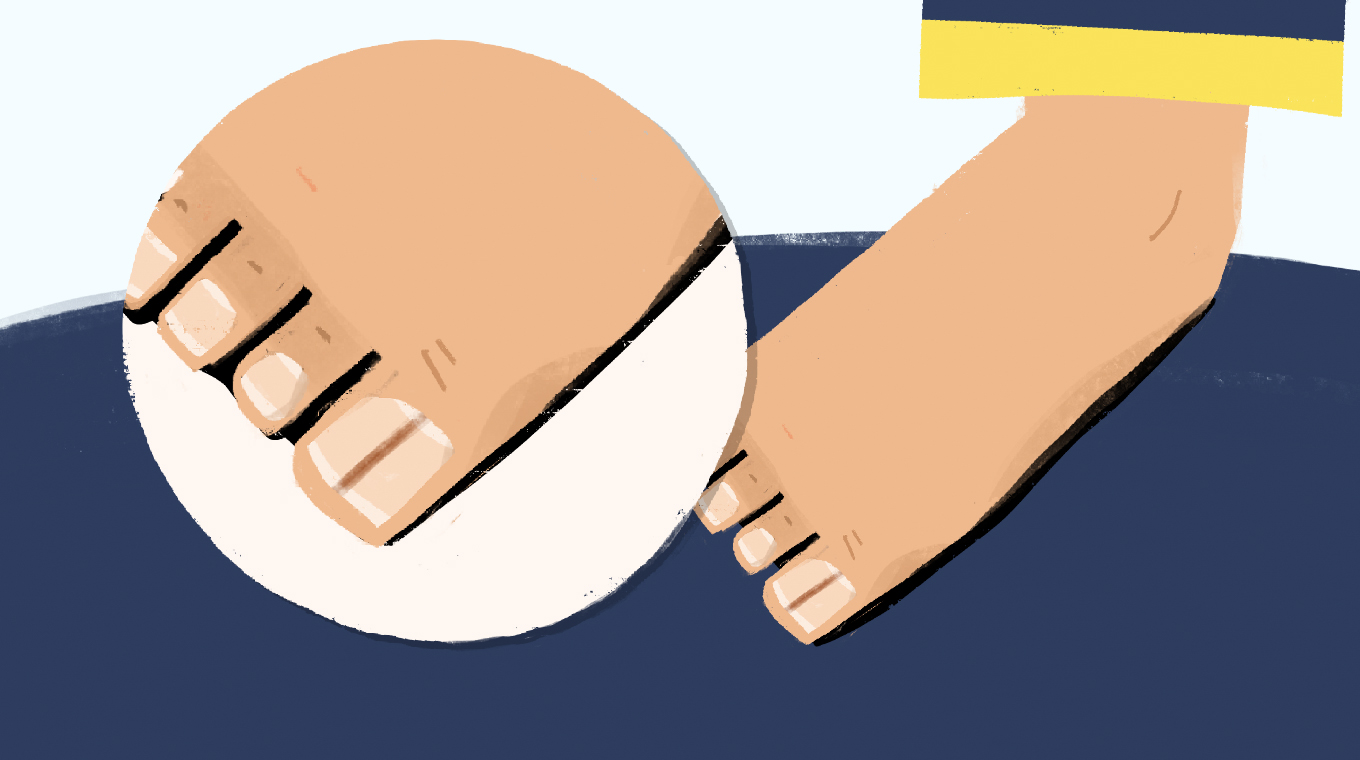
Do you have white lines across your nails?
A streak or spot is nothing to worry about, according to the NHS, but parallel lines are a different story.
These lines, which are called Muehrcke's lines, occur when there are low levels of protein in your blood. They are related to malnutrition.
10. Suddenly High Arch

High arches are considered to be beautiful in the foot world, but if you develop them suddenly, it can be a sign of a problem.
UW Medicine explains that an unusually high arch is associated with nervous system disorders.
These can include, but aren't limited to, muscular dystrophy, polio, stroke, and spinal cord tumor.
Be sure to SHARE this information with your loved ones!


